There are many scenarios when using a computer can be tricky for the users. Sometimes even simple actions may lead to computer problems, because of the presence of a variety of viruses. Among these viruses known as ransomware worm Stuxnet, which blocks the user and asks to pay money to unblock his computer.

A one of a kind computer worm can be quite an understatement when describing the Stuxnet worm, considering how much damage it can do.
This sophisticated virus was first discovered in 2010, which originally targeted centrifuges used to generate uranium that powers nuclear reactors and weapons. It destroyed the said laboratory devices, causing them to burn themselves out.
The discovery caused media frenzy across the globe, especially because it was said to have been created by the U.S. National Security Agency, the Central Intelligence Agency, and the Israeli Intelligence.
How Stuxnet Worm Affects Computer?
The Stuxnet virus can be transferred through the universal serial bus (USB) and infiltrate your Windows computer. This multi-part worm will then look for the “Siemens Step 7” software, which industrial computers often have to automate and monitor different equipment and send malicious instructions. At the same time, it will send inaccurate feedback to the main controller.
Sadly, the Stuxnet worm has been used to extort money from power companies globally. 80% of power companies in Mexico have been blackmailed by cybercriminals.
Throughout the years, many computer viruses have been created to mirror the Stuxnet worm, including, Duqu, Flame, Havex, Industroyer, and Triton.
While ordinary computer users are not specifically targeted by these malware attacks, the Stuxnet worm poses a threat to many industries, including power production and electrical grids.
Ways to Safeguard Your Computer from Stuxnet Worm
Preventing malware attacks all boils down to good IT (information technology) security practices. It often involves regular patches and updates and creating a foolproof password system. Updating identification and authentication software is also a must.
Using Windows Defender
Scanning USB or other portable media devices for viruses would also help. Fortunately, newer computers running Windows 10 come with Windows defender.
To start, open the “Start” menu and type “Windows Security.” Hit the icon that pops up on the screen.
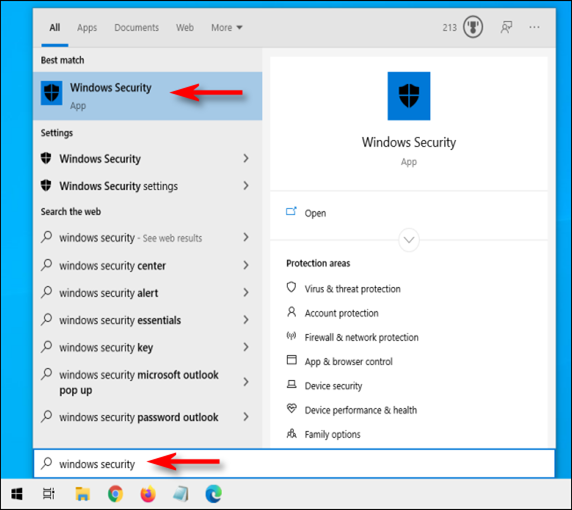
In the sidebar, select “Virus & Threat protection.” From here, you can do a “Quick Scan.”
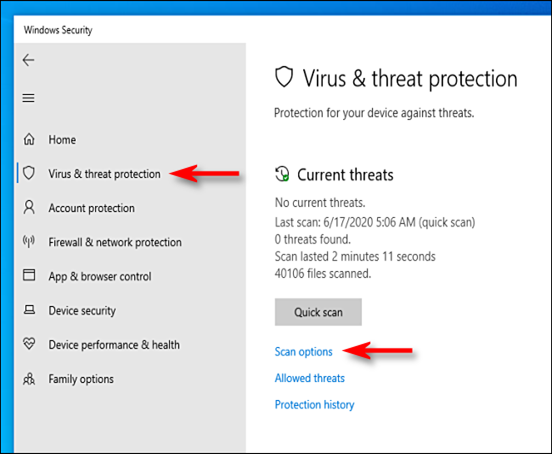
It’s best, however, to do a deep scan, if you have not recently scanned your computer. Choose the radio button right next to “Full Scan” and proceed to the “Scan Now” button.
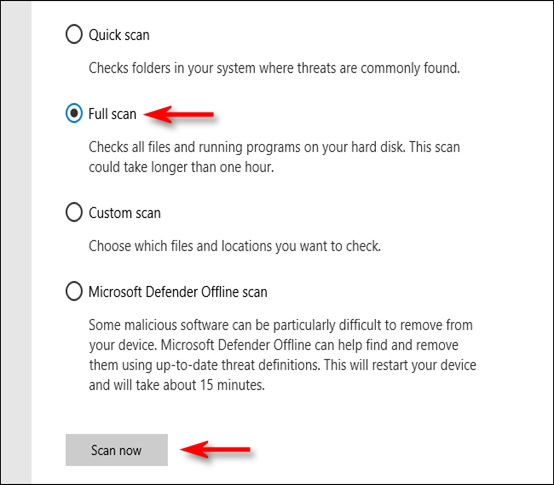
You’ll then see a progress indicator bar as the full-system scan begins. Wait for the results.

You’ll instantly see a message that states “No Current Threats,” if your computer is not infected by any virus, including the Stuxnet worm.

On the other hand, if your Windows Defender has found some malware, you’ll see a prompt that says “Threats Found,” followed by a list of infected files.
Click “Start Actions” to eliminate the threats automatically.
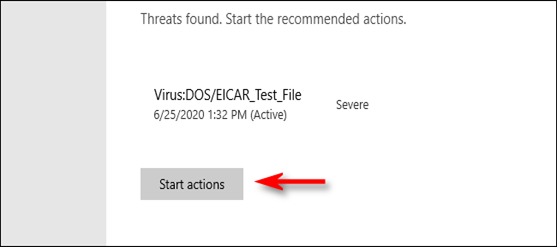
Remember to also do an offline scan using your Microsoft Defender just to make sure that you are getting accurate results.
Using Third-Party Applications
Apart from using Windows Defender, you may also install other software that can efficiently detect viruses from your computer.
For instance, Avast Antivirus is one of the most popular anti-malware options that you can install for free. It has a wide range of options, which can help you protect your computer from digital viruses like the Stuxnet worm.
To run a scan, open Avast Antivirus, and go to “Protection.” Click the “Virus Scans” icon. You may then run your preferred scan alternatives.
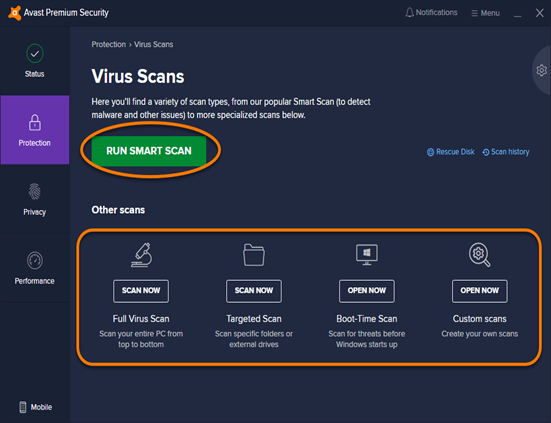
Other Practices to Keep Your Computers Safe From Stuxnet Worm
Firewalls can help separate the industrial networks from general business networks, which can help prevent malware attacks. A thorough inspection of the monitor machines that allows automation of the industrial process is also necessary. Of course, closely monitoring and logging all activities on the network can help prevent viruses like the Stuxnet worm from affecting your devices.
One lesson that you can learn from the proliferation of the Stuxnet virus is to be cautious about the portable devices that you connect to your computers. Indeed, it is better to be safe than sorry.
Summary: Get rid of Stuxnet worm
- Open the Windows Control Panel
- Click on System and Security
- Click on Remove Programs and Features under Uninstall A Program
- Search for all occurrences of Stuxnet in the program list
- Select them and click remove